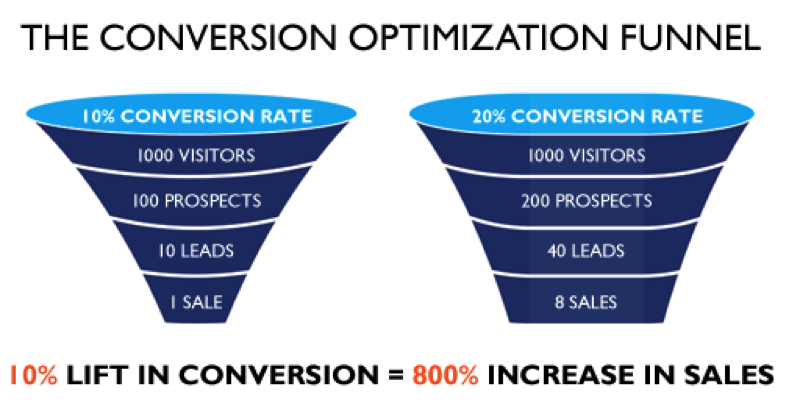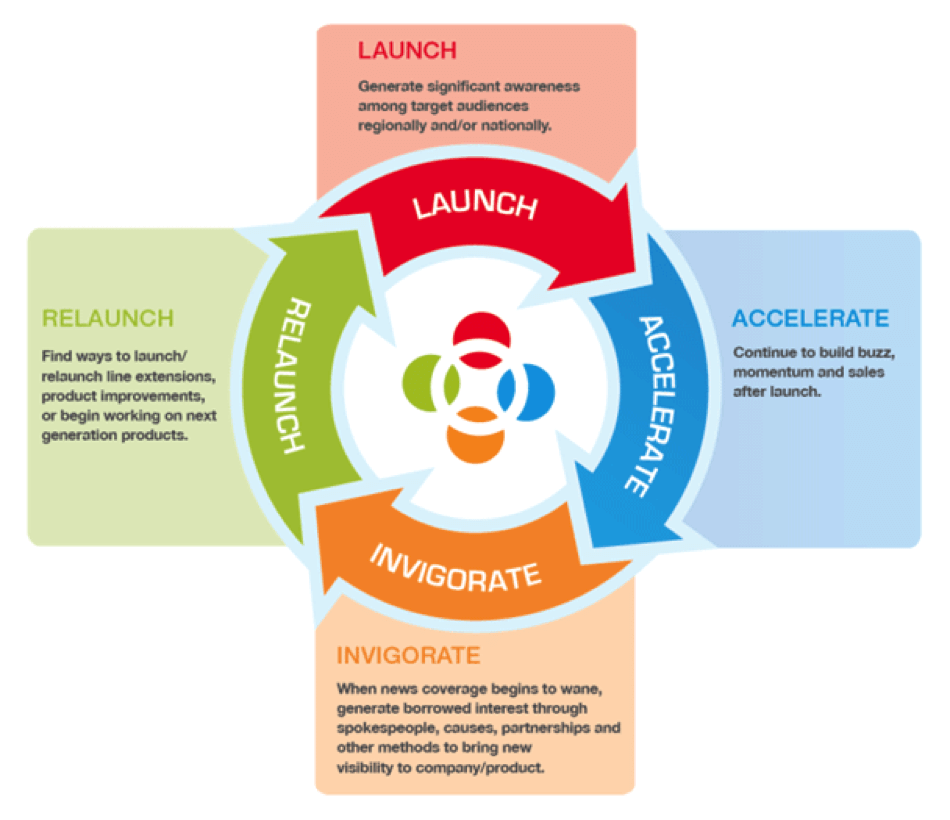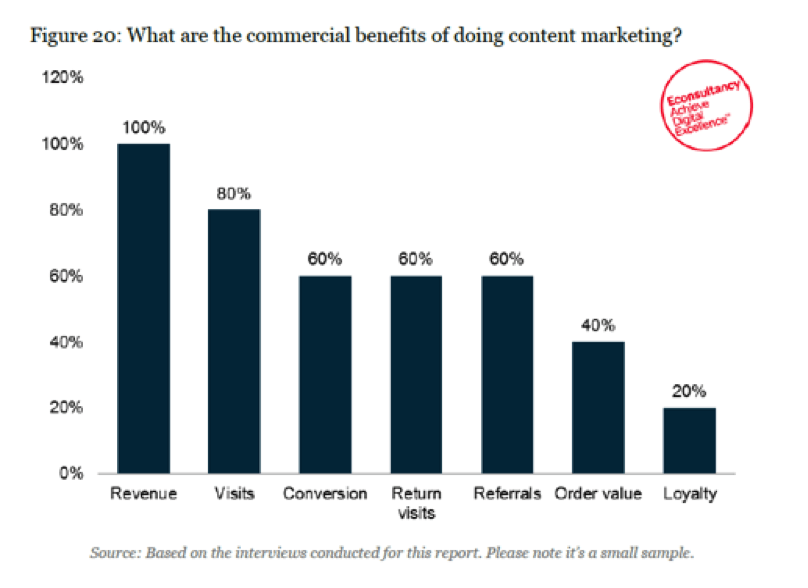Every ecommerce company hits it every now and again. It’s the dreaded plateau, or worse, the sales slump.
Such plateaus make investors anxious, they cause CEOs to have mid-life crises, and they often result in major turnover.
You obviously don’t want this tragedy to befall your company. Thankfully, in the ecommerce industry, there are things you can do — strategic actions that will boost you off the plateau, and into new heights of ecommerce success.
1. Figure out why you’ve plateaued.
The basic first step is the diagnosis.
Why has the company plateaued? What reasons exist for the decline?
Guesswork is not the way to solve the issue. Instead, you have to analyze your data. Here are a few things you should dig into.
- YoY traffic, comparing the relative change in traffic sources
- YoY conversions
- Customer demographic changes
- Highest landing pages in terms of traffic. What were they last year?
Analyzing your year-over-year metrics is one of the best ways to spot big trends. From there, you’ll want to segment your data in order to make sure you’re not missing anything.
If your approach to analytics is disorganized or confusing, I recommend that you take a serious look at improving your data strategy. Without the right training or experience, Google Analytics can be a confusing place to spend your time. Consider hiring or consulting with an Analytics expert. Additionally, there are tools outside of Google Analytics that can help you improve your data analysis.
If you simply can’t figure it out, don’t stress. You still have options.
2. Quit doing whatever is making you lose money.
If you know — or think you know — what’s making you lose money, do whatever you can to put a stop to it.
Admittedly, there are some trends you simply can’t stop. Markets dry up. Trends die. But you can find out where your biggest losses are and put an end to them.
Here are some questions to ask yourself:
- What marketing initiatives are we spending money on, yet completely lack ROI?
- What human resources are costing us more than we’re getting back? Did you hire a “heavy-hitter” only to be underwhelmed by his performance?
- What products are we planning that are costing too much or taking too long in development? Are you trying to create the next big thing at a devastating expense?
- What features or services of the website are too expensive to be sustainable? Are there any service providers? Look at your SaaS, data management, dunning services, web store merchant, payment gateways, etc., and figure out what you don’t need.
- What product lines should we discontinue due to low or negative profit margins? Maybe your flagship product is a loser. Maybe it needs to die.
These are tough questions to ask, but they’re even tougher issues to act on. Why is this the case?
Humans experience a cognitive bias known as the sunk cost fallacy. The sunk cost fallacy happens when we spend a lot of money or effort on something and continue to do so although it doesn’t make sense. Rather than stop spending immediately, we “throw good money after bad.”
According to a slideshow from Digital Relevance, the fallacy goes like this: “A change in direction would improve this project, but I’ve already spent 30 hours doing it this way; so let’s just keep going!”
It’s easy to allow this fallacy to influence our thinking in business ventures such as product development, expansion, and hiring among other initiatives.
One success story of overcoming the sunk cost fallacy is Target. Target, the American big-box retailer, decided to kill off their Canadian stores. They had spent two years trying to make it work, pouring billions of dollars into the effort.
It would have been tempting for Target executives to think, “We’ve spent this much money to make it work! We might as well keep going!”
Instead, they made the tough decision to put a stop to it.
It’s possible to 1) figure out where you’re losing money, and 2) overcome the ingrained sunk cost fallacy. The first step requires a close look at your data, and the second step involves making the tough decision.
3. Launch an all-out war on shopping cart abandonment.
Your data-sniffing may root out one of the major ecommerce culprits: shopping cart abandonment.
Shopping cart abandonment refers to the number of site visitors who place an item in their virtual shopping cart, but then leave the site without making a purchase. According to Baymard, the shopping cart abandonment rate is 69%!
Why do shoppers abandon their carts? Here are the top reasons:
So what should you do about it?
The solutions aren’t always clear-cut and simple. What’s more, it’s not always possible to change the behavior of users who are “just browsing.” I do recommend, however, that you launch an offensive on shopping cart abandonment.
Since abandonment is a known cause of potential revenue loss, it only makes sense to recover as much as you can. Simple techniques such as slashing added costs or launching a retargeting campaign can go a long way in dropping your shopping cart abandonment rate.
4. Start conducting conversion rate optimization.
Conversion rate optimization (CRO) is one of the hottest trends in ecommerce.
What is CRO?
Simply put, it’s the process of enhancing the experience of a website or landing page in order to turn more users into customers.
If you can get more of your total site visitors to become customers, then you’ll make a lot more money, right? The CRO solution is to make strategic improvements that will produce higher conversion rates.
Although conversion optimization is nothing new, it is growing in significance. Why? Because the cost of advertising has gone way up. Conversion optimization provides a relatively low-cost way to make significant increases in conversion rates.
A modest improvement in conversion rates results in massive improvements in total sales.
I’ve seen the power of CRO make my companies far more profitable. In turn, I’ve done the same thing for my clients. By conducting split testing and small increases in organic traffic, one of my clients scored an extra $1.2 million in profit.
How do you start? You can hire a CRO consultant or employee who specializes in CRO. Or you can learn about conversion optimization, and start conducting some split testing to see what works and what doesn’t.
5. Start recurring billing.
Recurring billing or the subscription model is a powerful way to create a continuous revenue stream, more valuable customers, and greater profit margins.
You may have noticed an increase in the number of companies that are enticing customers with the set-it-and-leave-it model of purchasing. They purchase razors, underwear, snacks, and busy bags. There’s almost no consumer product that’s off-limits to the subscription model.
The question is, can you make it work for your business? Think creatively. Remember, the possibilities for increased profits are definitely there. The only hurdle — if it is one — is figuring out how to implement it.
6. Launch a new product.
The launch of a new product can be just the solution that you need to get your company out of a slump.
Adding a new product, of course, means developing a new product, purchasing new inventory or launching a new marketing campaign. These moves by themselves could cost a lot. If done strategically, however, releasing a new product can more than recoup the expenditure, and give you a reason to rejoice.
Keep in mind the cyclical strategy of launch, accelerate, invigorate, and relaunch, which will keep the profit margins and momentum high in the wake of a product launch.
7. Listen to your customers.
Sometimes, the best boosts come when you simply listen to what your customers are saying.
Are you listening? Some of the best listening methods are just calling your customers on the phone — asking questions and listening to what they say.
You can also engage in social listening to get a pulse on the social buzz. The most strategic and successful online companies invest a lot of resources into becoming better online listeners.
You can also listen by watching your data, especially demographic data.
Listen to customers in every way that you can. Conducting surveys, developing a persona, creating a customer journey map, or good old fashioned phone surveys are the perfect way to learn more and become better.
8. Make a huge push for better content output.
I believe that great content is one of the best drivers of ecommerce success.
Apparently, I’m not alone. Most content marketers have expressed interest in improving their content marketing. B2B and B2C content creation, output, expenditure, and success are on the rise.
But what is the result of this massive content output? Are there measurable improvements?
Yes. Studies from Econsultancy prove that companies achieve significant benefits from content marketing. The number one benefit on the list is revenue.
Improving your content output is one of the best ways to bust out of your plateau or slump. Notice I didn’t say more content. If you already have a massive content output, maybe you don’t need more; maybe you need better.
9. Engage mobile like never before.
By now, we should all understand that true ecommerce success is found in the full-on engagement of mobile.
We’ve never seen more ecommerce mobile visitors than at this point in history.
But it’s not just visitors anymore. These visitors are turning into customers.
There are a few mobile considerations that are absolutely critical to leaving your plateau once and for all.
- Make sure that your website is fully responsive.
- Ensure that you are engaging mobile SEO to the fullest extent possible.
- Create a mobile-optimized checkout process.
Conclusion
You’ve got a choice in front of you. You can either skyrocket out of your growth plateau, or you can stay stuck for a long time.
Why do I say it’s a choice? Because you have options. As I mentioned in the introduction to this article, there are things you can do. Now, you have nine options. Pick one, and let’s do this.
What strategies have you used to successfully grow after a plateau?








Comments (1)